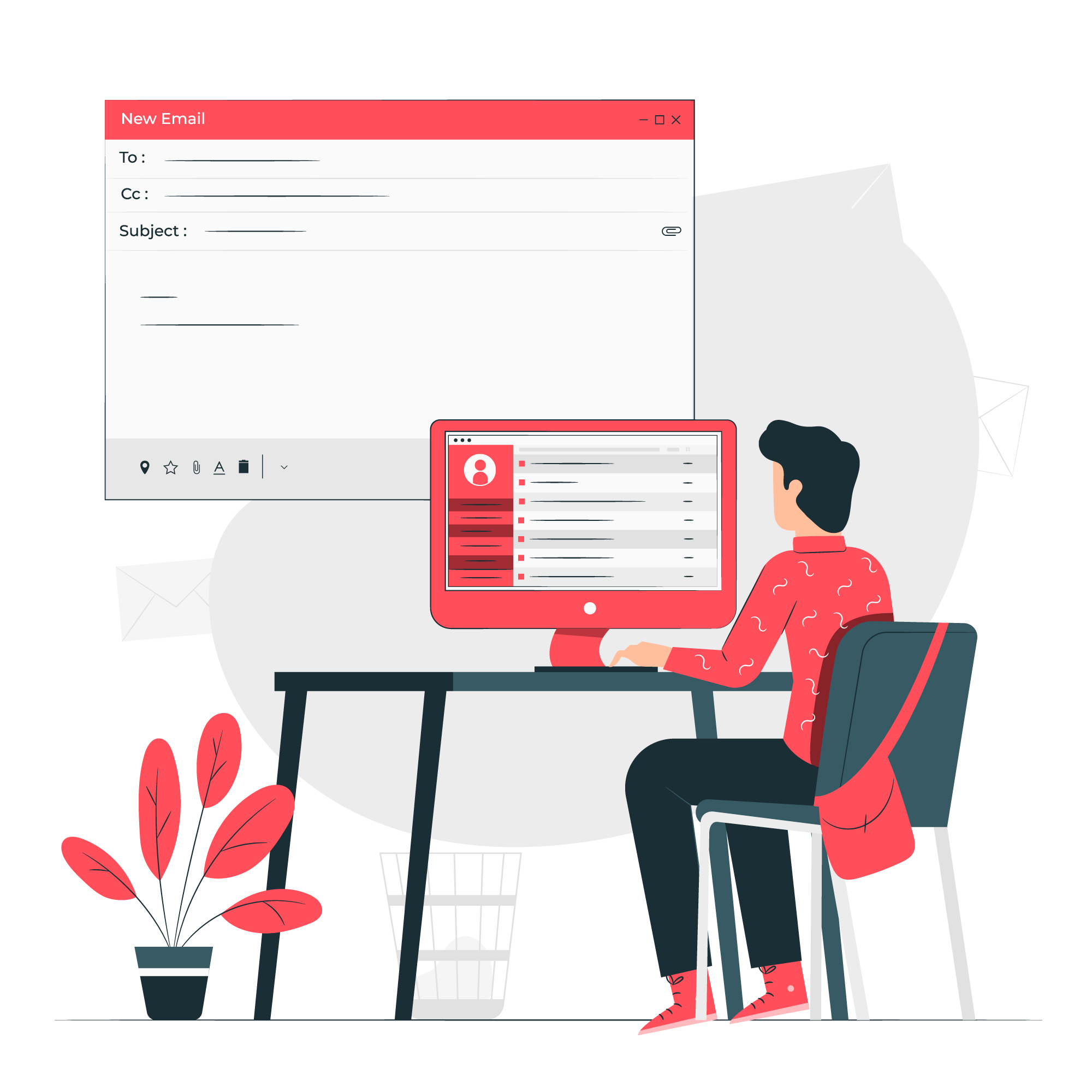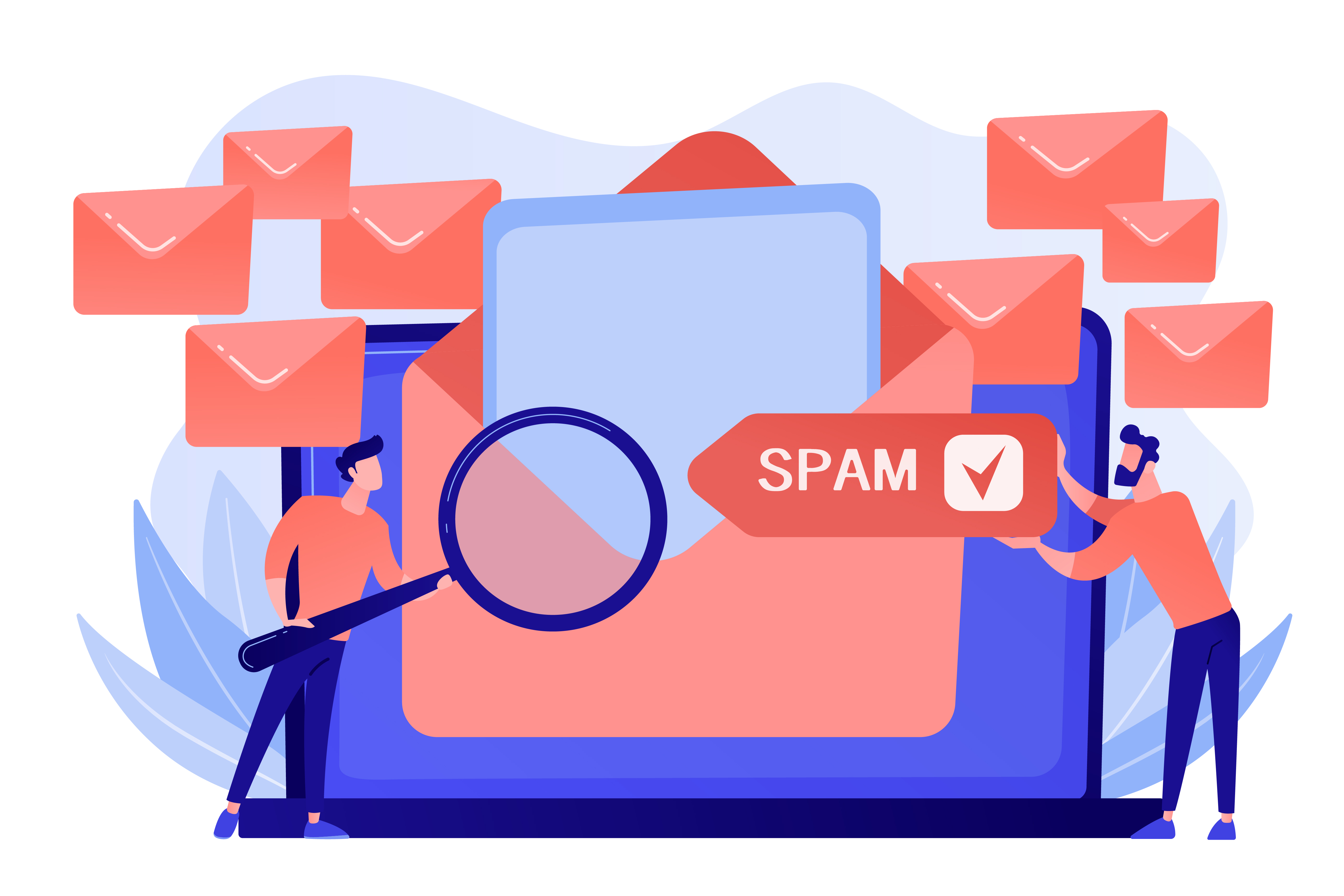· Heybounce · Guides · 6 min read
Email List Management: Best Practices to Optimize and Grow Your List
Discover the best practices for effective email list management, including regular list cleaning, segmentation, and email validation.

Email marketing is still one of the most powerful tools in the B2B marketer’s toolbox. With the ability to reach customers directly in their inboxes, email offers a unique opportunity to build relationships, generate leads, and drive revenue. However, even the best-crafted campaigns can fall flat without solid email list management. Without proper management, you risk sending to outdated or uninterested contacts, which can hurt your open rates, lead to high bounce rates, and damage your reputation. Effective list management not only boosts open rates but also reduces bounce rates and keeps your reputation intact. In this guide, we’ll dive into the best practices for managing your email lists so you can connect better with your audience and drive consistent results.
Why Email List Management Matters
Email list management isn’t just about keeping your subscriber count high—it’s about ensuring your emails are reaching the right people. Maintaining a clean email list helps you achieve higher engagement rates, avoid being marked as spam, and ultimately drive more revenue from your campaigns. After all, a healthy list means a healthy sender reputation, and a good reputation means better email deliverability.
Best Practices for Email List Management
1. Regularly Clean Your Email List
It might be tempting to hold onto every contact you’ve ever collected, but keeping disengaged or invalid emails on your list can do more harm than good. Low-quality email addresses can lead to higher bounce rates, negatively impact your sender reputation, and even cause your emails to end up in spam folders. Email verification tools like Heybounce help identify invalid email addresses, ensuring your list is always fresh and accurate. By regularly verifying and cleaning your list, you improve the chances of your emails reaching active users who are more likely to engage. Aim to clean your list at least every three to six months to remove any non-engaging or invalid addresses, and keep your campaigns optimized for better performance.
2. Use Double Opt-In
Double opt-in ensures that only truly interested subscribers make it onto your list. When users sign up, send a confirmation email requiring them to click a link to complete their subscription. This extra step filters out fake email addresses, spambots, and accidental signups, ensuring that your list is composed of genuinely interested and active users. By using double opt-in, you not only reduce your chances of sending to an unengaged audience but also improve the overall quality of your contacts, which ultimately contributes to higher open rates and better deliverability.
3. Segment Your List for Better Targeting
One-size-fits-all emails rarely achieve great results. Segmenting your email list allows you to tailor content based on user preferences, behaviors, or industry. Segmentation could involve grouping your subscribers by company size, purchase history, geographic location, job role, or where they are in the customer journey. You could also create segments based on engagement levels, such as highly engaged subscribers versus those who need re-engagement. By crafting messages that resonate with the specific needs and interests of each segment, you ensure that your content feels more personal and relevant. This approach not only boosts engagement and increases conversions but also helps build trust with your audience, positioning your brand as one that truly understands its customers.
4. Keep an Eye on Engagement Metrics
Paying attention to engagement metrics like open rates and click-through rates can help you spot when subscribers are losing interest. Set a strategy for re-engaging subscribers who haven’t opened an email in a while, perhaps by sending a “We Miss You” email. If they still don’t engage, it might be time to remove them from your list to keep it healthy.
5. Make Unsubscribing Easy
It may feel counterintuitive, but making it simple for users to unsubscribe is crucial. Not only does this show respect for your audience’s preferences, but it also keeps your list full of genuinely interested subscribers. When users feel in control of their subscription, they are more likely to trust your brand, even if they choose to leave. Additionally, a visible and easy-to-use unsubscribe process helps ensure that only those who truly value your content remain on your list, which can lead to higher engagement rates. If users can’t find the unsubscribe link easily, they might mark your emails as spam—damaging your sender reputation and potentially affecting deliverability across the board.
6. Deploy Re-Engagement Campaigns
From time to time, some subscribers may stop interacting with your emails. Instead of letting them linger on your list indefinitely, try launching a re-engagement campaign. Offer a special promotion, or simply ask if they still want to receive your content. This will help you gauge whether they’re still interested in your offerings or if it’s time to say goodbye.
7. Validate Emails at the Point of Collection
A great way to keep your list clean is to prevent invalid addresses from getting added in the first place. Use an email verification service at the point of collection—whether it’s a signup form, a gated download, or a newsletter subscription—to instantly catch typos, fake emails, or disposable addresses. This proactive approach not only saves you headaches later by minimizing the need for extensive list cleaning but also ensures that you maintain a high-quality subscriber base from the start. By filtering out bad addresses early, you increase the likelihood of your messages reaching engaged and interested users, which directly contributes to higher open and click-through rates.
Tools That Can Help You Manage Your Email List Effectively
Investing in the right tools can make all the difference in managing your email lists efficiently. Heybounce offers advanced email verification that ensures your emails are going to real, valid addresses. Other helpful tools include CRM platforms for segmentation and automation services that help streamline the entire process.
Conclusion
Email list management isn’t a one-and-done task—it’s an ongoing process that requires regular maintenance and strategic actions. By cleaning your list regularly, using segmentation, monitoring engagement, and employing email verification services like Heybounce, you can ensure that your email marketing campaigns remain effective and achieve the highest possible ROI.
By following these best practices, you’ll be well on your way to maintaining a clean, engaged email list that helps drive your business forward.





